While they’re often perceived as docile, gentle animals that spend all their time grazing on grass, sheep are quite intelligent and capable of much more than roaming around in open fields. They’re actually remarkably interesting animals. Let’s take a look at 13 fascinating sheep facts that you won’t believe that you didn’t know!

Top 13 Fascinating Sheep Facts:
1. They have fascinating names.
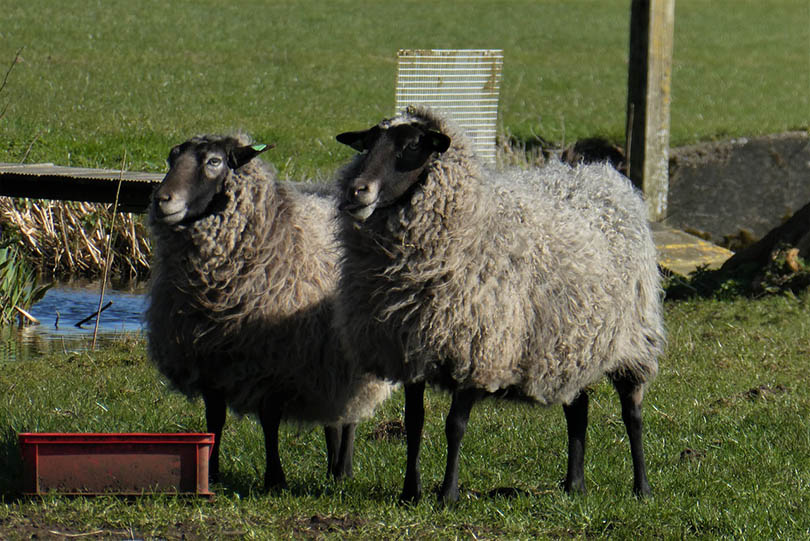
Female sheep are called ewes, or yoes in slang terms. Males are rams or bucks. In certain parts of the United Kingdom, male sheep are referred to as tups, which is a reference to the term for mating, called tupping. Castrated male sheep are referred to as wethers.
2. There’s more than one name for a group of sheep.
A group of sheep is generally referred to as a flock, but sometimes, large groups of sheep are called herds. You might also hear the terms “drove” and “fold” to describe a group of sheep in certain localized areas of the U.K.
3. Sheep can recognize and remember up to 50 faces.
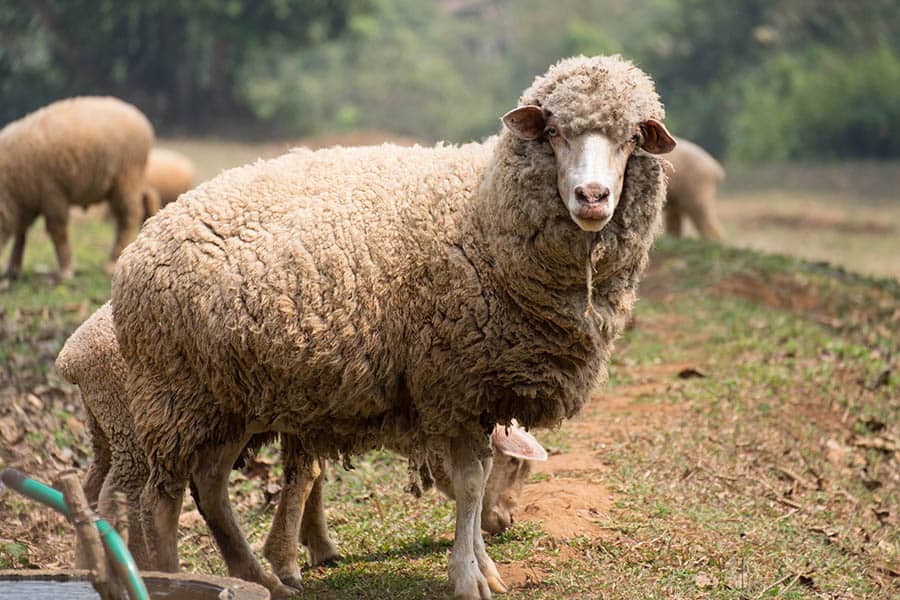
Scientific studies have demonstrated that sheep can recognize familiar human faces. They can also recognize other sheep and distinguish them from each other.
4. A sheep was the first-ever animal to be cloned.
Her name was Dolly, and she was a female Finn Dorset sheep that lived from 1996 to 2003. Dolly the sheep was the first-ever cloned adult mammal and was developed at the Roslin Institute near Edinburgh, Scotland. Dolly’s birth marked a scientific milestone because it had previously been assumed that adult mammals couldn’t be cloned. It also sparked intense worldwide debate concerning the ethics of cloning technology.
5. Sheep have a 300-degree field of vision and can see behind themselves without turning their heads.
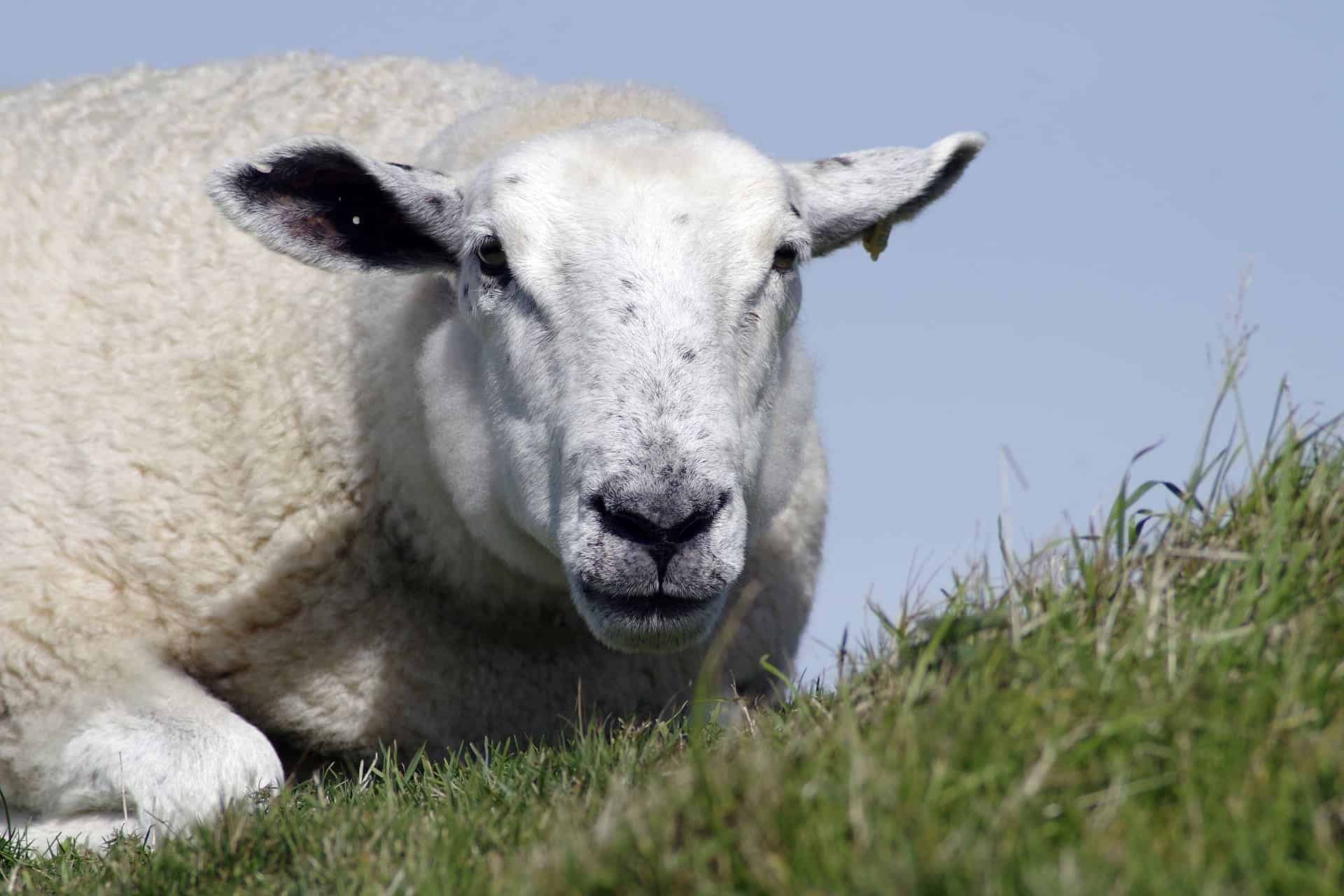
Sheep have a single-blind spot located directly in front of their nose. Their eyes are positioned in such a way that they can see all the way around themselves. While they have excellent peripheral vision, they have poor depth perception.
6. Sheep pupils are rectangular.
An elongated pupil allows more light to enter the eye than a round, human-like pupil does. This is useful in enabling sheep to see better at night and in low-light conditions. Elongated pupils are mostly found in prey animals that need to be on the lookout for predators at all times.
7. Sheep have scent glands in their eyes and feet.
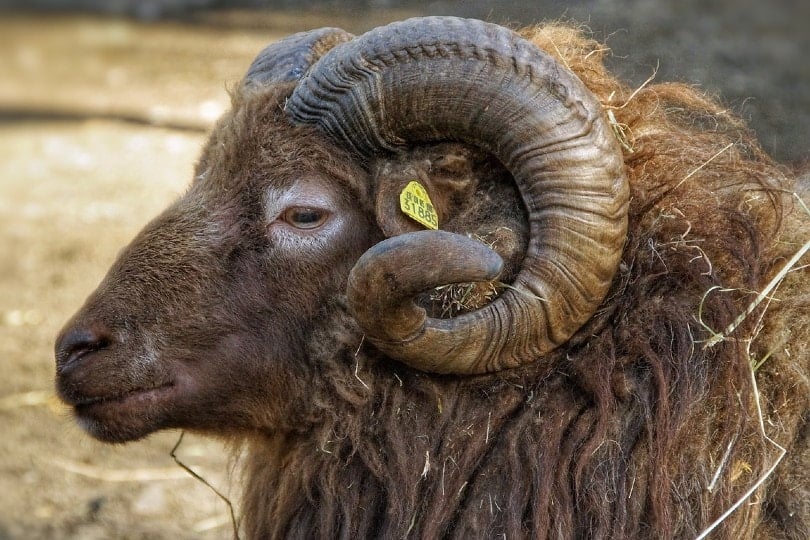
These extra scent glands provide them with an excellent sense of smell. They can discern between different sheep, like in the case of an ewe locating her lamb or a ram sniffing out an ewe during mating season. These superior scent glands also help sheep locate water or sense predators coming from a distance.
8. Sheep can experience depression, much as humans do.
When sheep are isolated from their flock, they exhibit signs of grief and depression. They show these same emotions when a member of their flock goes missing. They lose interest in eating and other normal activities.
9. Sheep use vocalizations to communicate different emotions.
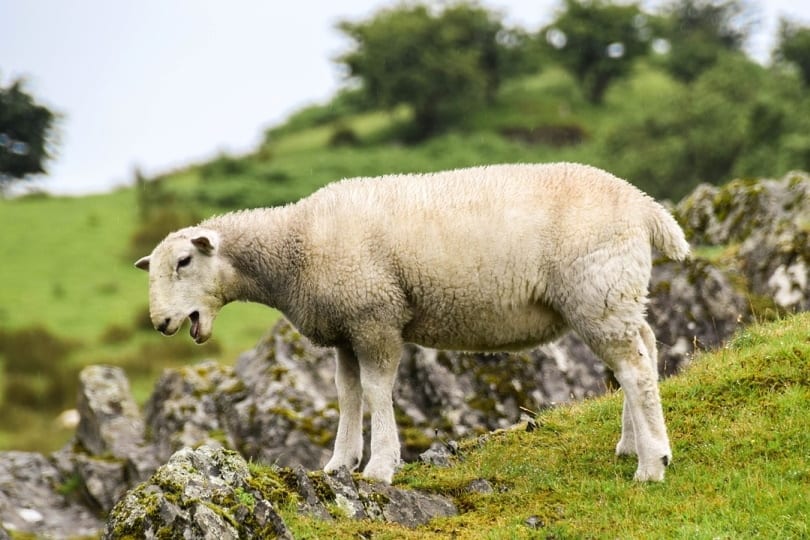
Sheep use vocalizations called “bleating” to communicate with each other, but not all bleats are created equal. They use different sounds and vocal tones to communicate among members of the flock. For example, a mother sheep has a different bleat for calling a lamb than one that alerts the flock to a coyote’s presence. Different bleats communicate happiness and sadness, fear, and confusion.
10. Sheep can identify and use plants to self-medicate.
Ruminant animals like sheep are famous for selectively grazing on plants that help them recuperate from illness. How they do this isn’t known, but they are naturally conditioned to eat foods that keep them healthy while avoiding plants that may be toxic.
11. Sheep can’t get up if placed on their backs.
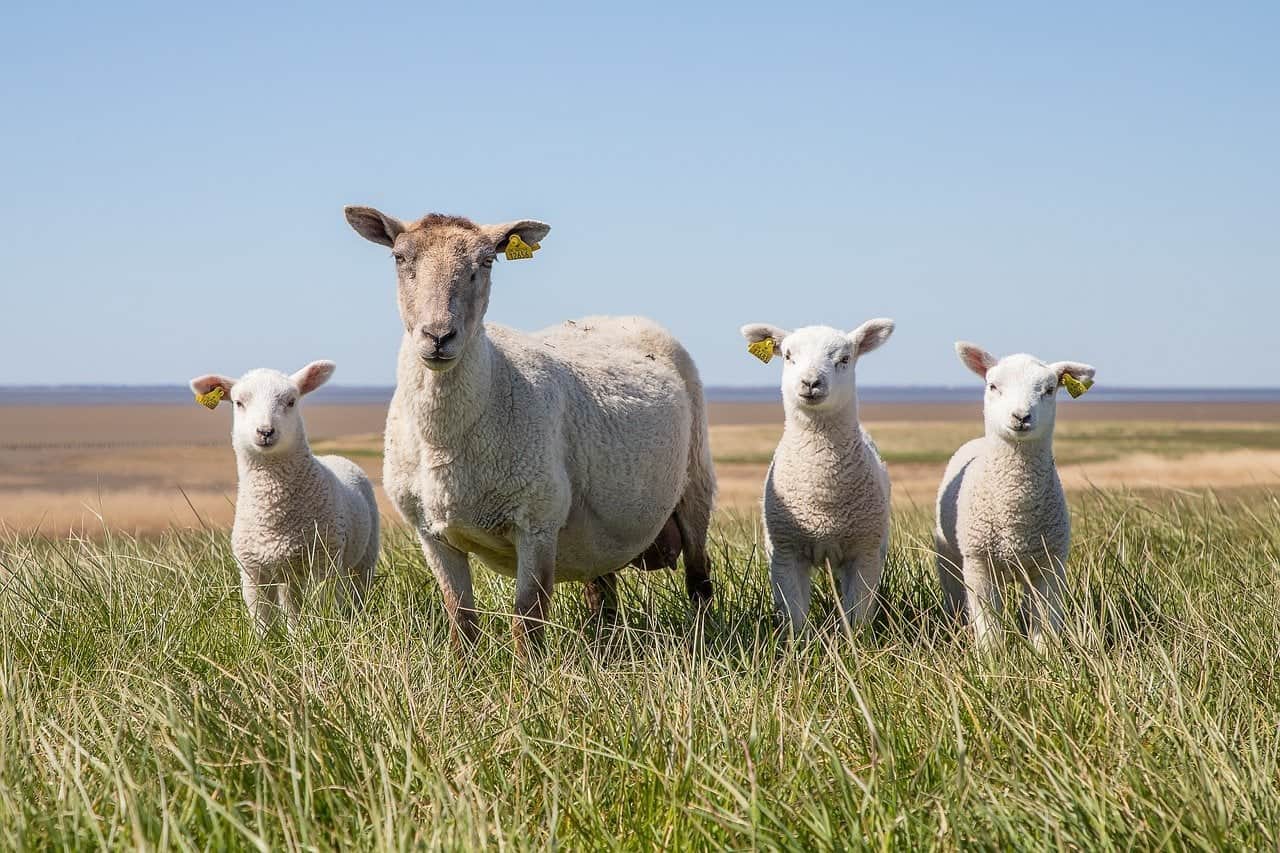
If you see a sheep lying on their back, don’t ignore it. They can’t get up once on their back, and if left in this condition for too long, it can be fatal. Fixing the problem is as simple as rolling the sheep onto their side.
12. There are over 1,000 different species of sheep in the world.
It’s impossible to know the exact number of different species of sheep in the world, as only developed countries maintain breed registries. It is believed that sheep have more breeds than any other livestock species, with over 1,000 distinct breeds. The United States alone has over 60 different types of sheep. They come in all sizes and colors, have different lengths of wool, and have different physical characteristics.
13. The last Saturday in October is Hug a Sheep Day.
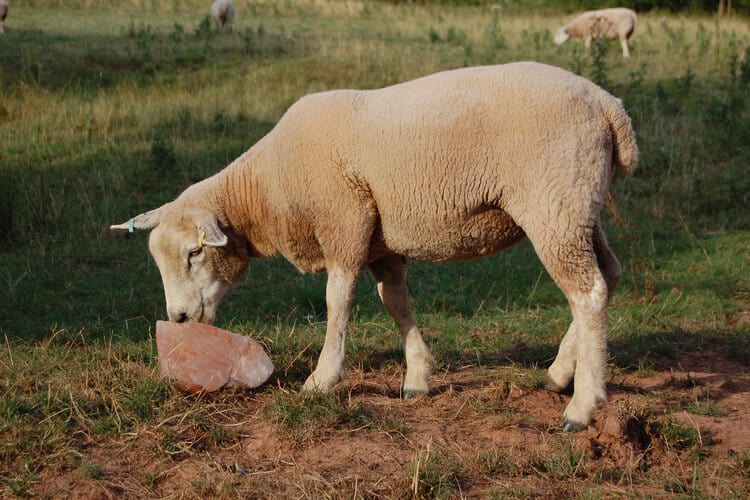
National Hug a Sheep Day is an annual celebration of sheep. It was celebrated for the first time in 1992 and is celebrated on the last Saturday of October every year. Some sheep farms hold open farm days to allow people to “hug a sheep” to show their love and appreciation for the animal.
Featured Image Credit: Antranias, Pixabay
